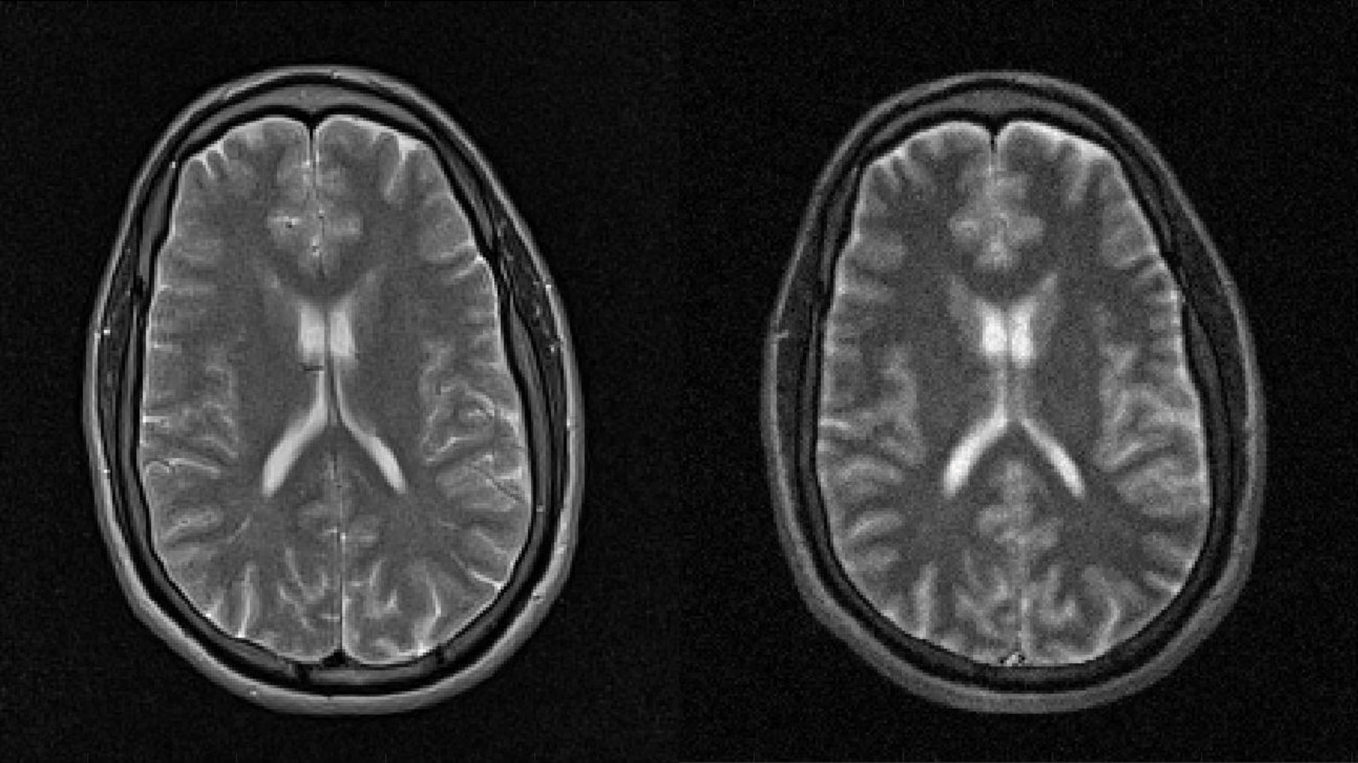This is the third chapter in a series of blog posts about MRI simulators and MRI simulation technology.
In the realm of MRI simulators, there are different types of software-based solutions that aim to replicate the scanning process. However, not all simulators are created equal. In this blog post, we will explore the three main types of software MRI simulators and highlight the significance of using a true MRI simulator for comprehensive training and practice.
In short, there are 3 categories of MRI simulators, which all have different sub-types, and come with different capabilities. These are the Image bank simulators, the Closed-form simulators, and the True MRI simulators. These categories are explored below.
Image Bank Simulators:
Image bank simulators come in two forms: pure image bank simulators and MIPS/MPR-based simulators. These simulators rely on pre-acquired images to mimic the scanning process, utilizing various tricks and techniques.
Pure image bank simulators load pre-existing images that closely resemble what trainees attempt to create in the interface. However, this approach poses a risk of providing incorrect images if the database is not infinitely large.
MIPS/MPR-based simulators, on the other hand, employ pre-acquired isotropic 3D images and utilize multi-planar reformatting techniques to create new slice positions. While this approach provides accurate images, it only covers the slice positioning part of the MRI scanning process, which is a small and usually a less important part.
Ultimately, image bank simulators offer a limited learning experience that may negatively impact students’ learning and patients’ health, particularly when it comes to understanding trade-offs and practicing running the scanner.
Closed-Form Simulators
Closed-form simulators are the first type of simulators that can genuinely be considered simulators. They attempt to generate the signal and image from scratch using mathematical estimates. However, these estimates are confined to a few pulse sequences and address basic MR physics concepts describable by analytical expressions.
Although closed-form simulators offer more degrees of freedom compared to image bank simulators, the simulated MR images are far from the true simulated MR images and lack reliability for teaching, training, and practice purposes. While these simulators are fast and favored by researchers working with vast amounts of data and experiments, they fall short when it comes to training students on running protocols in real scanners.
True MRI Simulators
True MRI simulators represent the pinnacle of simulation technology, closely mirroring the functioning of real MRI scanners. They simulate every image from scratch, just as real scanners do.
A true MRI simulator computes and measures the MR signal for each spin within every voxel, for the selected anatomical volume, and for each time step of the pulse sequence. This comprehensive measurement captures the evolution of the MR signal throughout the application of the pulse sequence, allowing the construction of K-space (raw data) and subsequent reconstruction of the MR image through an inverse Fourier transform (or other reconstruction technique).
With a high-quality true MRI simulator, the resulting images should be identical to those produced by real scanners when provided with the same inputs, parameters, patients, and sequences.
True MRI simulators are the only reliable option for training and education in running the scanner, setting up protocols, and making trade-offs in parameters.
The Corsmed MRI Simulator
Corsmed’s MRI simulator is the only simulator in the world which combine true MRI simulations, vast arrays of real-world MRI features, on industry aligned interfaces, all to provide a truly one-to-one experience for full transferability of simulator acquired skills.
It can be seen in action and explore further here.
Conclusion
When it comes to training and practice in the field of MRI, selecting the right simulator is of paramount importance. Image bank simulators and closed-form simulators offer limited capabilities and may not accurately replicate the complexities of MRI scanning. On the other hand, true MRI simulators provide the most reliable and comprehensive training experience. At Corsmed, we are proud developers of the world’s most sophisticated True MRI simulator, available on demand in the cloud. By harnessing the power of true MRI simulation, trainees can gain a deep understanding of the entire MRI scanning process.



